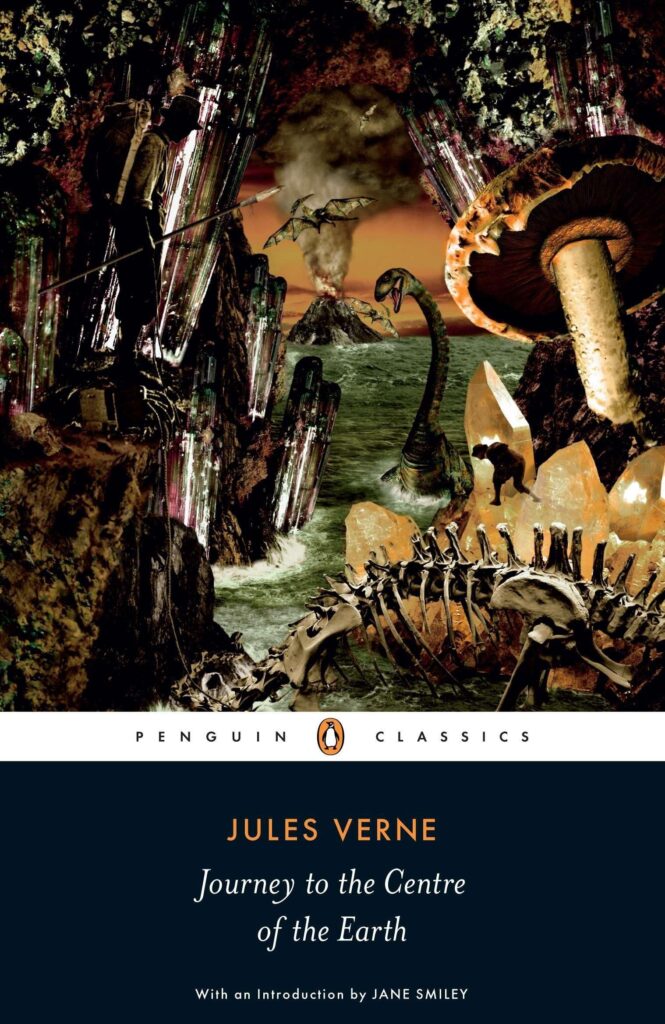In a remarkable breakthrough for geoscience, researchers have edged closer to unlocking the mysteries of our planet’s inner workings by drilling deeper than ever before into the Earth’s crust. The recent endeavor, described in detail in Popular Mechanics, highlights the ambitious efforts of scientists as they ventured to the very threshold of the mantle—the semi-solid layer that lies just beneath the crust. This unprecedented drilling expedition not only promises to enhance our understanding of geological processes but also raises intriguing questions about the formation and evolution of our planet. As the team celebrated this pivotal achievement, experts are hopeful that the insights gained from such depths could redefine what we know about plate tectonics, volcanic activity, and the Earth’s composition.
Scientists Reach Unprecedented Depths in Earths Crust Unveiling Secrets of the Mantle
In a groundbreaking expedition, researchers have successfully drilled deeper into the Earth’s crust than ever before, achieving a depth that brings them tantalizingly close to the mantle. Utilizing advanced drilling technologies, the team has reached a record depth of 12 kilometers, unveiling geological formations that have long remained a mystery. The findings could significantly alter our understanding of tectonic processes and the composition of the Earth’s interior, providing insights into how the planet has evolved over billions of years.
The samples extracted during this mission reveal an intricate tapestry of minerals and ancient rock formations, shedding light on a host of geological phenomena. Key highlights include:
- Metamorphic Rocks: Samples suggest a unique history of intense heat and pressure, contributing to the cycle of rock formation.
- Volcanic Activity: Evidence points to previously undocumented volcanic events that have shaped the region.
- Seismic Activity: New data on the frequency and intensity of tectonic shifts at these depths enhances our seismic models.
This venture not only marks a significant achievement in geological exploration but also sets the stage for future research initiatives aimed at understanding the dynamic systems operating beneath our feet.
Groundbreaking Techniques Propel Research Toward Understanding Earths Structure
Recent advancements in drilling technology have allowed scientists to reach unprecedented depths, enabling them to explore the mysteries of Earth’s interior with newfound precision. Utilizing cutting-edge geophysical methods and high-resolution imaging techniques, researchers have formulated models that provide insights into the various layers of the Earth. This evolution in drilling capabilities enables a more nuanced understanding of the crust, mantle, and potentially the outer core, all of which play crucial roles in geodynamic processes.
Among the groundbreaking techniques being employed are:
- Seismic tomography: This method uses seismic waves generated by earthquakes to map subsurface structures.
- Electromagnetic imaging: Researchers utilize electromagnetic fields to detect mineral compositions deep within the Earth.
- Advanced sampling methods: Innovative drilling rigs are allowing extraction of core samples from extreme depths.
In an effort to visualize the Earth’s layers and their attributes, the following table showcases the key characteristics of the crust, mantle, and core:
| Layer | Composition | Depth (km) | Temperature (°C) |
|---|---|---|---|
| Crust | Granite, Basalt | 0-40 | 15-30 |
| Mantle | Olivine, Pyroxene | 40-2900 | 500-4000 |
| Outer Core | Liquid Iron, Nickel | 2900-5100 | 4000-6000 |
Future Implications of Mantle Exploration for Geothermal Energy and Natural Resource Management
Recent advancements in mantle exploration could pave the way for groundbreaking developments in geothermal energy, significantly altering the landscape of renewable energy sources. By drilling deeper into the Earth, scientists have discovered a wealth of thermal energy trapped within the mantle, an area previously thought to be largely inaccessible. This untapped resource holds the potential for clean, sustainable energy generation, transforming how we harness heat from the planet’s interior. Geothermal power plants could become more efficient, reducing our reliance on fossil fuels and minimizing greenhouse gas emissions.
Moreover, detailed studies of mantle composition may enhance our approach to natural resource management. With increased knowledge about mineral and metal deposits located within the mantle, industries such as mining could adapt their strategies for more sustainable extraction. The understanding of geothermal gradients and fluid pathways will allow for smarter drilling techniques to minimize environmental impact. This progress may ultimately lead to a more responsible stewardship of Earth’s resources while ensuring energy security for future generations. the intersection of mantle exploration and resource management underscores a pivotal shift towards a sustainable future.
Key Takeaways
the ambitious endeavor to drill deep into the Earth’s crust has yielded unprecedented insights into our planet’s inner workings. As scientists inch closer to the mantle, their groundbreaking research not only enhances our understanding of geological processes but also opens new avenues for exploration and discovery. The data gathered from these depths may hold key answers to longstanding questions about the Earth’s formation, composition, and even the conditions that drive tectonic activity. As researchers continue to push the boundaries of what is possible in geoscience, the quest to unlock the mysteries of the Earth’s interior remains as fervent as ever. With every meter drilled, we move closer to a more profound understanding of the dynamic forces that shape our world from below.
